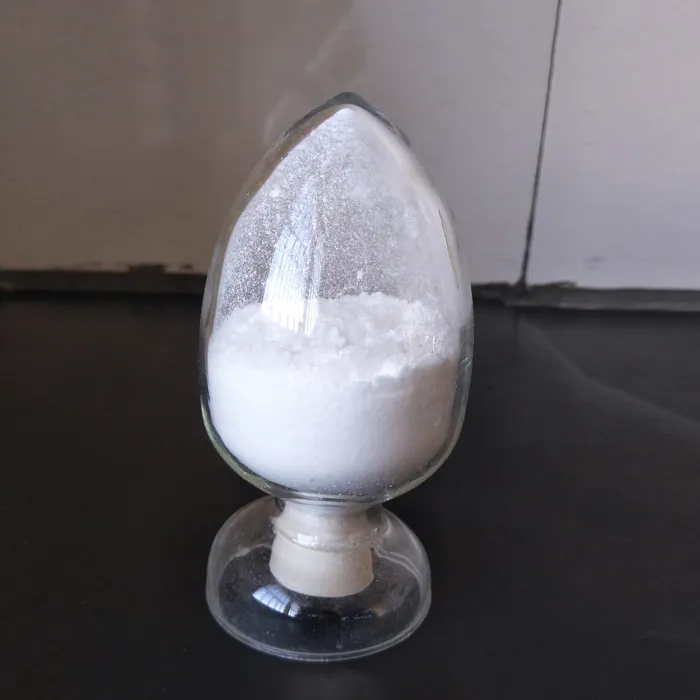Understanding Anionic Polyacrylamide Properties and Applications
Anionic polyacrylamide (APAM) is a water-soluble polymer extensively used in various industries due to its unique properties. This versatile compound, derived from the polymerization of acrylamide with anionic groups, boasts excellent viscosity and adsorption capabilities which make it ideal for a plethora of applications. From water treatment to soil stabilization, the significance of anionic polyacrylamide in industrial processes cannot be overstated.
Chemical Structure and Properties
Anionic polyacrylamide is characterized by its anionic charge, which arises from the incorporation of negatively charged carboxylate groups in the polymer chain. This anionic nature not only enhances its solubility in water but also imparts unique electrochemical properties. The degree of anionic charge can be modified during synthesis, allowing for tailored applications that suit specific industrial needs. The polymer itself is non-toxic, making it safe for various applications, including those involving food and agriculture.
One of the remarkable properties of APAM is its ability to increase the viscosity of aqueous solutions. This is particularly useful in processes such as enhanced oil recovery, where controlling fluid viscosity can improve oil extraction efficiency. Moreover, the polymer's large molecular size grants it superior flocculation capabilities, making it effective for sedimentation processes in water purification.
Applications in Water Treatment
Anionic polyacrylamide is predominantly used in water treatment processes. In municipal and industrial wastewater treatment, APAM acts as a flocculant, promoting the aggregation of suspended particles which facilitates their removal. The anionic charge of APAM binds effectively with positively charged contaminants, enhancing sedimentation rates and reducing overall turbidity in treated water. This application is vital in meeting environmental regulations and ensuring the safe disposal of wastewater.
In addition to wastewater treatment, APAM is employed in drinking water purification. The polymer aids in removing impurities and organic matter, enhancing water quality. Its ability to improve settling characteristics helps in producing clearer and cleaner drinking water, addressing public health concerns regarding waterborne diseases.
polyacrylamide anionic

Role in Agriculture
Anionic polyacrylamide also finds significant applications in agriculture, particularly in soil management and erosion control. When applied to the soil, APAM enhances water retention, thus improving moisture availability for crops. This property is especially beneficial in arid regions where water scarcity is a challenge for agricultural productivity. The polymer helps to create a stable soil structure, reducing soil erosion caused by wind and water runoff.
Moreover, APAM can be used in irrigation systems to improve the effectiveness of fertigation (fertilizer injection into irrigation systems). By increasing the binding ability of nutrients to the soil, APAM ensures a more efficient uptake by plants, ultimately boosting crop yields.
Environmental Considerations
While the applications of anionic polyacrylamide are vast, it is crucial to consider the environmental implications of its use. APAM is often regarded as an environmentally friendly polymer; however, the degradation products of the polymer can be a concern. Research suggests that, when used appropriately, APAM poses minimal risk to aquatic ecosystems. Nevertheless, it is essential to monitor the quantities used and to promote the development of biodegradable alternatives to further reduce environmental impact.
Conclusion
Anionic polyacrylamide is a highly effective and versatile polymer with widespread applications across industries. Its superior properties, especially in water treatment and agriculture, make it indispensable in modern technological processes. As industries continue to develop and implement sustainable practices, the role of APAM, with appropriate environmental considerations, will likely expand. Understanding the balance between innovation and ecological responsibility will be key to maximizing the benefits of anionic polyacrylamide in the years to come.

